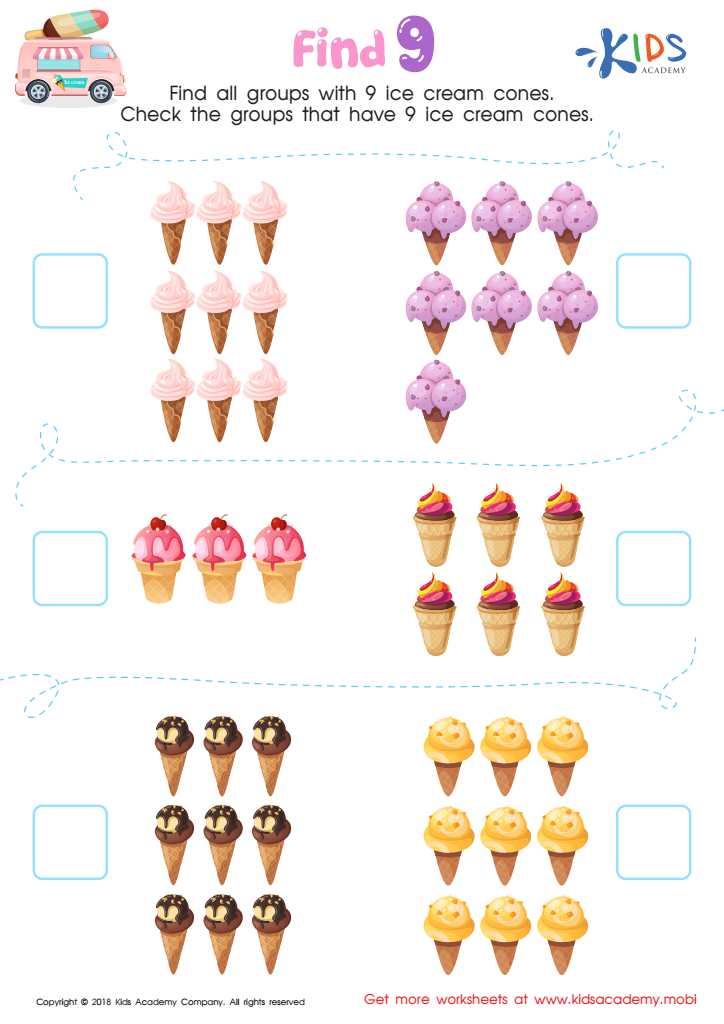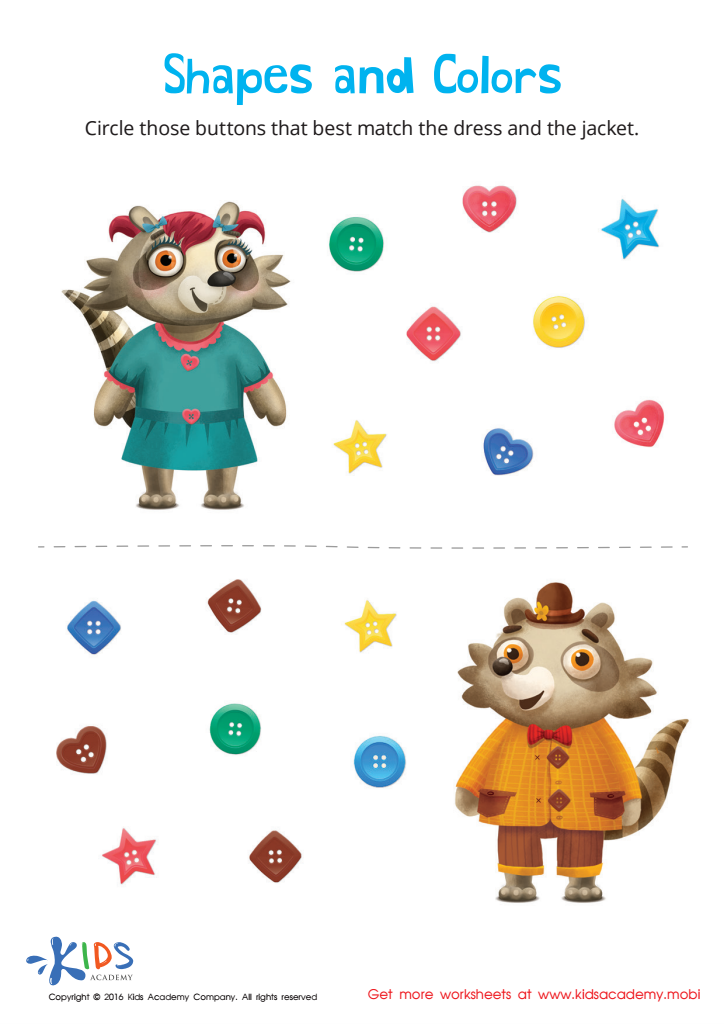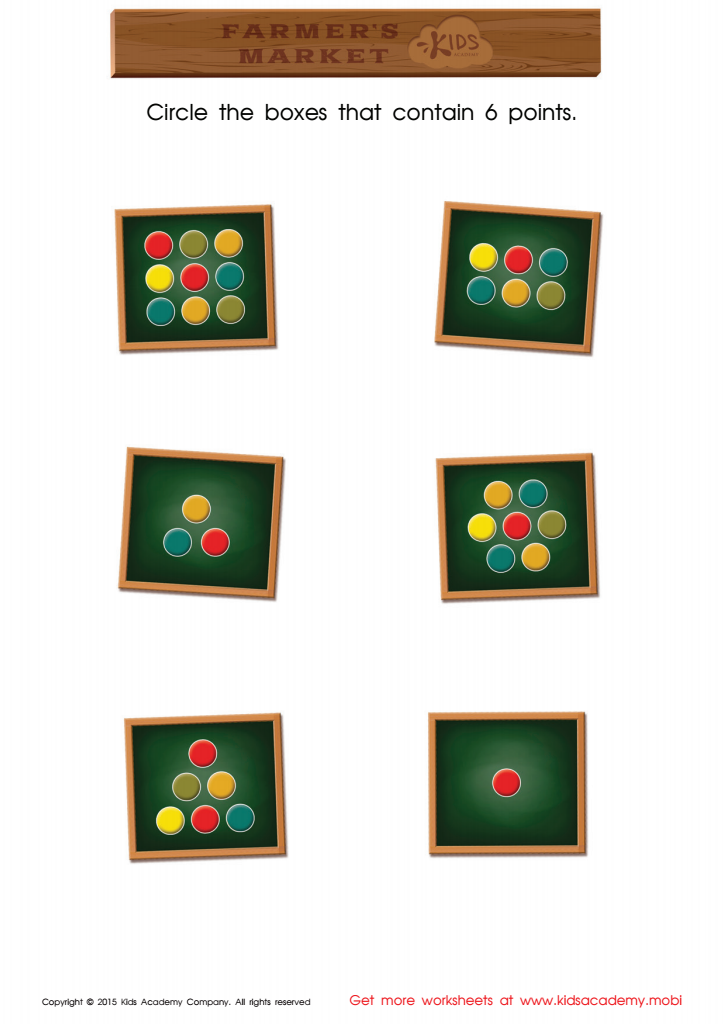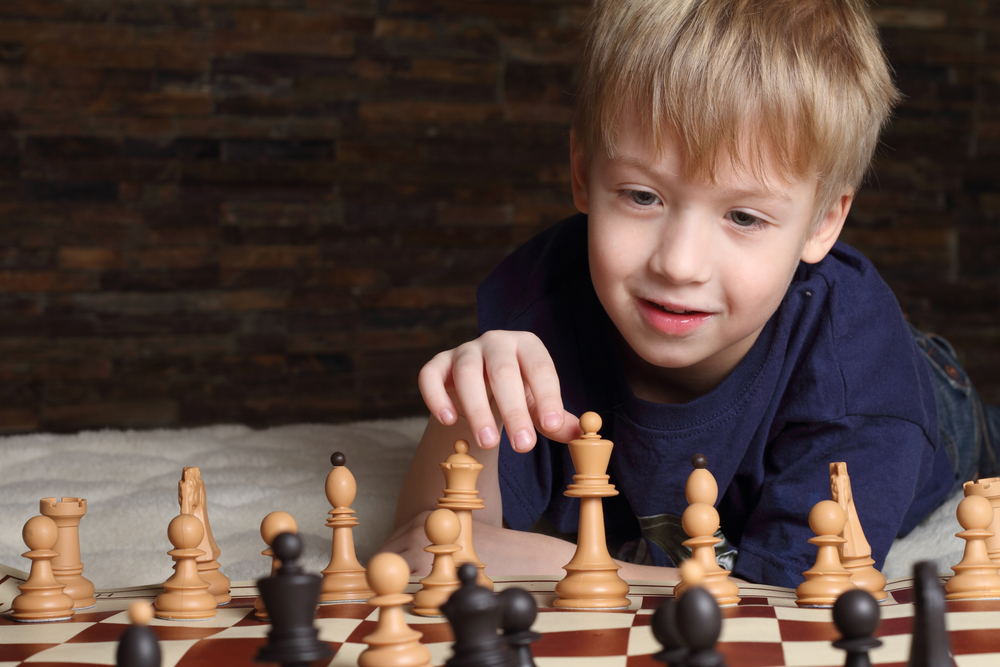Visual perception Matching Worksheets for Ages 5-9
5 filtered results
-
From - To
Enhance your child's visual perception skills with our engaging Visual Perception Matching Worksheets designed for ages 5-9. These worksheets provide a fun and interactive way for young learners to improve their ability to identify similarities and differences, sharpen focus, and boost cognitive skills. Using colorful illustrations and age-appropriate activities, kids are encouraged to match images, shapes, and patterns, making learning enjoyable and effective. Ideal for homeschool settings or as supplementary practice, our worksheets cater to varied learning styles. Reinforce essential skills while ensuring your child enjoys every step of the learning journey! Explore our resources today for limitless educational adventures!


Find 9 Worksheet


Matching: Shapes and Colors Worksheet


Count and Match Points 6 Math Worksheet


Classifying Toys by Type and Color Sorting Worksheet


Classifying by Size Sorting Worksheet
Visual perception matching is a crucial skill for children ages 5 to 9, significantly impacting their academic and social development. It involves the ability to identify similarities and differences in visual elements, forming a foundation for critical skills like reading, writing, and mathematics. Parents and teachers should care about this skill because it enhances children's ability to recognize letters, numbers, shapes, and patterns, all vital for early learning.
In the classroom, strong visual perception skills facilitate effective learning. Children who can match and differentiate visual information are better equipped to follow instructions, understand spatial relationships, and solve problems. For instance, matching shapes can help in geometry, while recognizing letters strengthens reading ability.
Beyond academics, visual perception matching promotes social skills. Children often learn through group activities and games that require them to observe and replicate patterns, enhancing collaboration and communication with peers.
Moreover, fostering visual perception skills can help identify learning challenges early. Teachers and parents can use specific activities tailored to strengthen these abilities, ensuring that children develop the necessary skills for future academic success. Therefore, prioritizing visual perception matching is essential for nurturing well-rounded, capable learners during these formative years.
 Assign to My Students
Assign to My Students




















